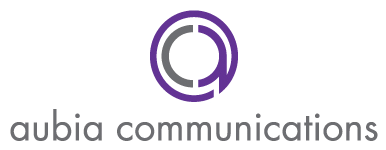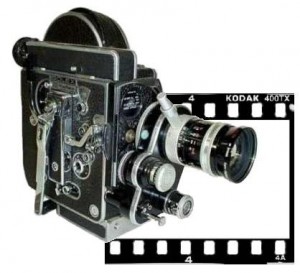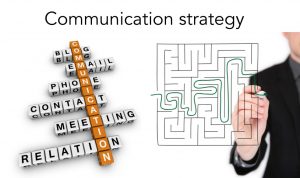 My favorite pieces to write are features. Press releases are great in getting the information out, and blogs are wonderful in providing instruction. Features, though, allow the freedom in your writing to explore and create. You provide detail and explanation to your readers, allowing them to get personally involved and connect with the subject.
My favorite pieces to write are features. Press releases are great in getting the information out, and blogs are wonderful in providing instruction. Features, though, allow the freedom in your writing to explore and create. You provide detail and explanation to your readers, allowing them to get personally involved and connect with the subject.
When do you use a feature?
Features are stories that draw readers in, helping them understand the behind-the-scenes of what you do. These stories are best used when you are looking for more involvement from your readers. Are you a non-profit wanting to increase donations? A feature about the struggles your benefactors face without those donations speaks to the heart of the matter. Are you a small business that just won an industry product award? A feature about a client who has found success in using your product would show readers the value of the product more than just a press release about the award.
How do you write a feature?
Start with an engaging lead
Your lead should make the reader want to continue reading the rest of your copy. There are seven types of feature leads:
1) Story
A story lead sets the stage for a narrative. You provide a situation and characters the reader can relate to and draw them into the tale.
Example: When the single mom of three found out her baby boy would die before he turned 3 without the operation, everything she had worried about before – babysitters, not enough hours at work, making it to parent-teacher meetings – all seemed petty in comparison.
2) Descriptive
This lead helps draw a mental picture in the mind of your reader. You allow them to hear, see, feel, touch and taste the subject and set the mood.
Example: In a sterile hospital waiting room, the only sound is a faint clicking as the young mother runs the beads of her rosary over and over again in her hands while staring at the single point of color in the otherwise white room – a purple-hued watercolor painting. Going on eight hours since they took her 2-year-old son back to the operating room, she stares with blurry eyes at the painting of the seashore.
3) Quotation
A strong quote from an individual in the copy or from a famous person, quotes should set the stage for the feature.
Example: “There can be no keener revelation of a society’s soul than the way in which it treats its children.” – Nelson Mandela
4) Question
Like the quotation, a question lead should be central to the idea of the feature. Use a question that will entice the reader to read on to find out the answer.
Example: What would happen if a single mother of three with a sick baby was denied emergency health care due to lack of adequate insurance?
5) Compare and Contrast
Comparing and contrasting general concepts of the feature allow the reader to judge the information up front. Use this lead to draw extremes and grab attention.
Example: An uninsured single mother of three with a sick baby watches hopelessly as her ailing child struggles to breath and waits anxiously for treatment. A businessman in a three-piece suit is rushed into the ER with a minor cut that will require no more than three stitches.
6) Striking Statement
This lead is meant to startle your reader and hook them into the feature. A staggering figure is usually used for this effect.
Example: In 2010, 49.9 million Americans were not covered by any health insurance.
7) Allusion
By referring to something well known in this lead, you instantly create a sense of familiarity with your reader.
Example: If it takes a village to raise a child, then it takes a caring community to nurse a sick child back to health.
Tell the story
After your engaging lead, use the next few paragraphs to tell the story, continuing to be personal and involving to connect with the reader. In the examples above, you would introduce the single mom, the sick baby and his condition, their day-to-day lives, and what it meant for the baby to not receive treatment.
Move into the nut graph
A nut graph follows your story to provide the news value of the story. Here, like in the press release, you provide the five Ws. In the previous example, you would follow the story about the single mom and sick baby with information on how your nonprofit organization needed continued support to help this family.
Conclude with a call to action
After you’ve drawn your reader in, told them a story, explained why that story is important, you want to leave them with an act to accomplish. This is where you share your need with your readers by opening up and appealing to them for their help. In the example throughout this post, this is where you would ask for a monetary donation, for the reader to volunteer their time, attend your fundraiser, or whatever assistance you need.
Features are creative and strong. Use them to show the personal side of your organization and connect with your audience/public.
What type of writing do you like best? Share your own work in the comments below.
photo credit: Ed Yourdon via photopin cc



